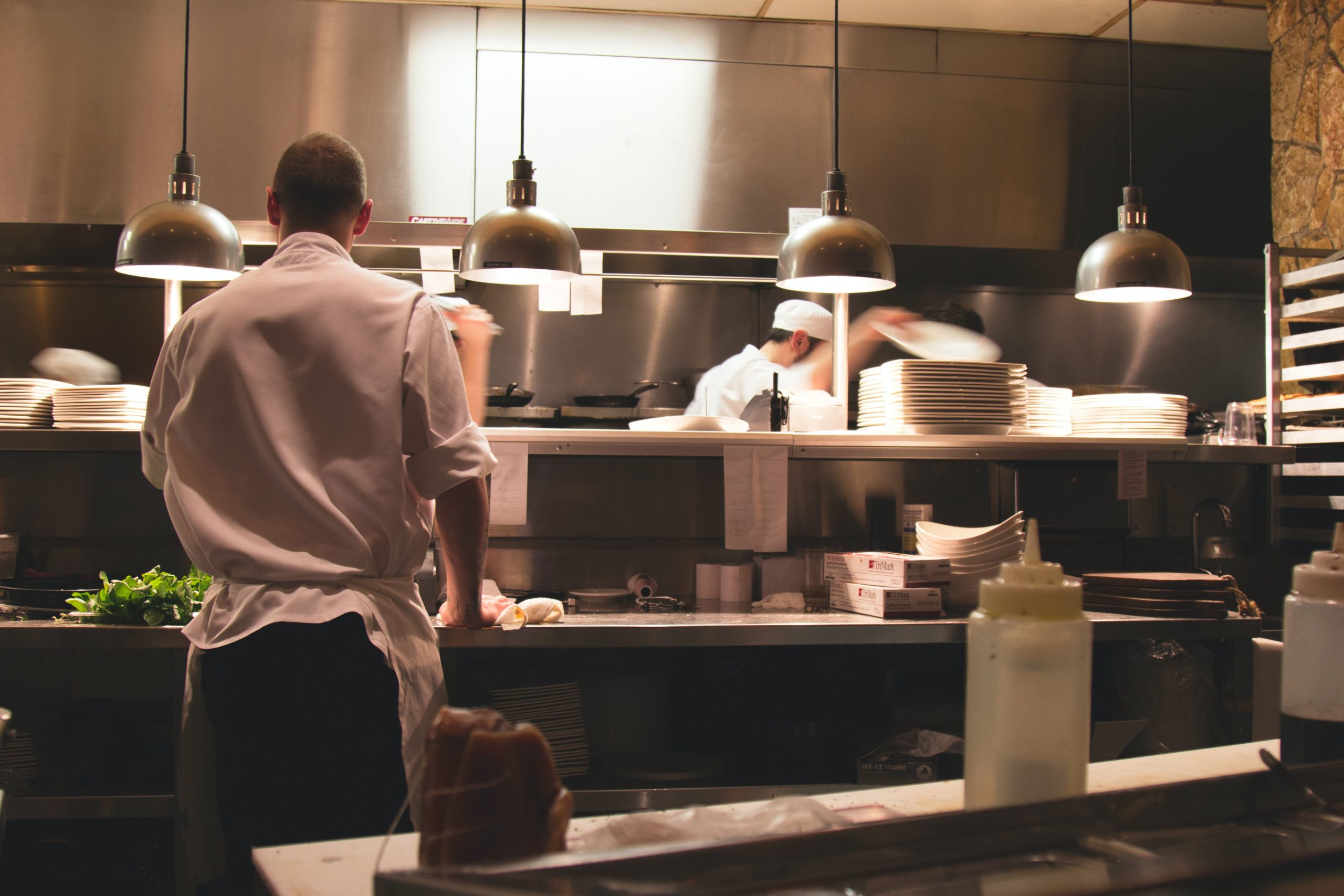10 Tips to Improve Hygiene in a Commercial Kitchen
Hygiene should be an important consideration in all areas of a commercial kitchen. The COVID pandemic has certainly put hygiene front of mind for many people but what are the tangible steps that can be taken to improve hygiene?
We’ll run through just 10 of these tips (in no particular order) to improve hygiene in your commercial kitchen.
1 – Hand Hygiene
Removing the risk of cross-contamination is of the utmost importance in a commercial kitchen environment. The first step for this should be correct hand hygiene for everyone involved in the handling of food and equipment. Regular hand washing can reduce the risk of E. coli, salmonella and many other harmful bacteria.
Furthermore commercial kitchen staff should not wear jewellery including rings, watches and bracelets as these can be a location for germs to build up and hide.
2 – Correct Food Storage
Food storage should always be at top of mind in a commercial kitchen environment. The way that your food is stored can have a large impact on the safety of the food. Raw food should always be covered with no access to open air as this can greatly increase the risk of bacteria growth. Food should be stored according to use-by-date and should follow a first-in, first-out order.
3 – Follow the Principles of HACCP
While food businesses in Australia are required to have a Food Safety Program based on the principles of HACCP, it is important that this program is followed closely at all times.
Food Safety Programs can have multiple advantages for your business including:
- Reduced risk of your customers falling ill
- Reduced risk of your customers having an allergic reaction from cross-contamination
- Protecting your reputation
The principles of HACCP provide a clear set of steps to manage and control the food safety risks that exist in your business.
4 – Correct Defrosting Techniques
Defrosting of food is a process that can introduce bacteria to food if the correct process is not followed. Food should never be defrosted at room temperature. Refrigerator defrosting is recommended as it is the safest method but is the slowest so it requires some forward planning.
5 – Avoid Cross-Contamination
Cross-contamination is a huge risk in a commercial kitchen if hygiene procedures are not followed correctly. Not only can cross-contamination cause foodborne illnesses through the spread of harmful bacteria, it can also lead to allergic reactions in your customers if food is not kept separate. Furthermore, thought should be given to vegetarian and vegan customers as well that do not want cross-contamination from animal products.
6 – Correct Waste Management
Waste is unavoidable for most businesses but the methods of waste management can help maintain hygiene in a commercial kitchen.
Garbage should be removed from the kitchen daily at a minimum and containers should not be allowed to overflow. Garbage bags should always be used to keep the container as clean as possible but the containers themselves should still be cleaned regularly.
Containers should have tight fitting lids to avoid pests getting access. Hand hygiene should always be managed after handling garbage or garbage containers.
7 – Accurate Chemical Dilution
Not only do the correct cleaning chemicals need to be used at all times, the correct dosage and dilution ratios also need to be considered to ensure that the chemical is strong enough to be effective.
8 – Focus on Touchpoints
Touchpoints are areas that are frequently touched over the course of a day, such as buttons, handles, light switches etc. Due to the high frequency that these are touched, they need to be cleaned more often, once a day at a minimum.
These areas should be cleaned by:
- Spraying the surfaces with a TGA listed, food safe disinfectant (such as Hygiene Shield Coviclean).
- Leave the chemicals for the required dwell time (refer to product directions)
- Wipe the surface over with a clean, dry cloth.
9 – Utilise Certified Professionals
Cleaning and disinfection are not the same thing. Cleaning refers to the removal of physical debris including dirt, food and grime from a surface but not the removal of viruses, bacteria etc. Cleaning is generally easily maintained by restaurant staff however disinfection is more difficult.
Disinfecting is more difficult and is best performed by certified professionals such as Jaymak. You generally can’t see the effects of disinfecting with the naked eye so it is important to verify that the disinfection has been successful to ensure the safety of your staff and customers.
For example, Jaymak provides verification of all their disinfecting services through the use of an ATP monitoring system to ensure that your surfaces are left safe. ATP testing provides results within seconds so you don’t need to wait for lab tests to be sent away.
Don’t put the reputation and livelihood of your business in the hands of non-certified cleaners. Jaymak is the only ISO 22000 certified company for specialised cleaning services to the hospitality, healthcare and food industries in Australia.
10 – Regular Cleaning In Between Professional Services
Cleaning should be performed regularly by kitchen staff including touchpoint cleaning outlined above as well as regular wipe overs of surfaces. This cleaning should be done in between regularly scheduled professional cleans to maintain the hygiene of your business.
References:
Food Hygiene Rules for Your Commercial Kitchen | Dephna
How to improve kitchen hygiene in the current climate (brightwell-inc.com)
How To Clean a Commercial Kitchen, A Complete Guide | Nisbets Articles
How to Build a Food Safety Program with the 7 Principles of HACCP
Comments are closed.

